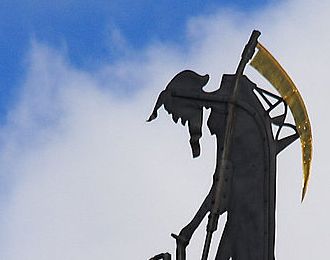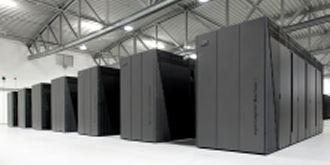 AT&T is sulking about the FCC and the government not immediately doing what it says over the vexed issue of net-neutrality.
AT&T is sulking about the FCC and the government not immediately doing what it says over the vexed issue of net-neutrality.
The outfit has said that it will stop investing in gigabit internet “until it has a better idea of what the government will do regarding net neutrality.”
President Barak Obama told the Federal Communications Commission to reclassify broadband as a telecom service rather than an information service in its upcoming net neutrality rules. The move would give the FCC more power to regulate ISPs (like AT&T) and wireless carriers. The FCC said it would think about the issue a bit more and make an announcement next year.
AT&T’s move to demand its ball back is an indication how much pressure the US telcos are heaping on politicians to allow them to charge customers twice for the internet. The telcos fear that they will have to stump up a huge chunk of their profits to pay for the network for an open internet.
Ultra-fast fibre is a carrot that AT&T is waving in the hope that users will demand the right to be charged an arm and a leg for their internet connection. It was supposed to be rolled out to 100 cities nationwide, including 21 major metropolitan areas.
AT&T Chief Randall Stephenson said during an appearance at a Wells Fargo conference that AT&T can’t go out and just invest that kind of money, deploying fibre to 100 cities other than these two million [covered by the DirecTV deal], not knowing under what rules that investment will be governed.
Of course if it does not pull finger there is a chance that Google, along with the city councils of cities might start providing the backbone themselves – something else that the telcos have been pressuring their tame politicians to block.
The fact that AT&T is trying to cut its costs at the moment has absolutely nothing to do with it delaying the fibre scheme.




















